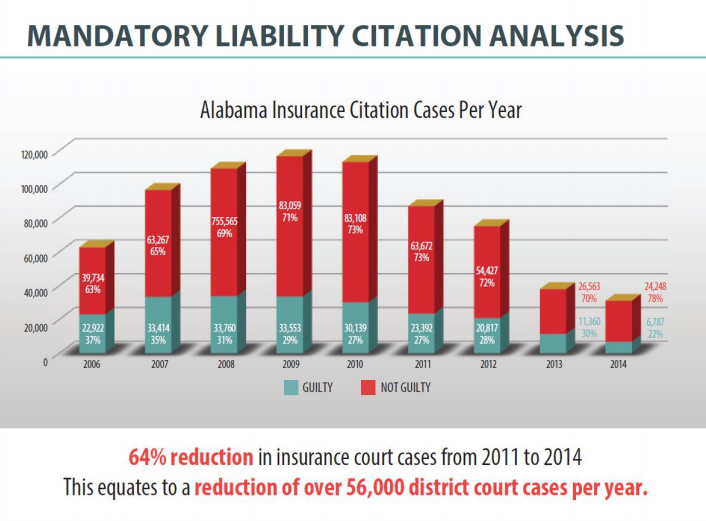Fewer uninsured drivers hit the roads in Alabama
Published 3:00 am Friday, July 8, 2016
The number of uninsured drivers in Alabama has been cut nearly in half since 2010, according to a report released last week by the Alabama Department of Revenue (ADOR).
In 2010 the number of uninsured drivers in Alabama was 22 percent, sixth highest in the nation according to the report. According to the new report by ADOR analysts, that number is was at 12.9 percent in 2014. The report attributes the decrease to the Online Insurance Verification System (OIVS) that was legislatively mandated in 2010.
Troy Police Chief Randall Barr said that OIVS is an “excellent tool” that has helped police officers be able to verify insurance in the field. “If someone is involved in a wreck and we need to find out if they have valid insurance, we can just run the tag and validate,” Barr said. He also said that residents should still keep insurance cards in their vehicles just in case the system can’t verify. Barr couldn’t give a percentage, but said that most people the department deals with tend to be insured.
The clear advantage of the lower uninsured driver rate is that Alabama drivers are now less likely to be on the hook for accidents that they did not cause.
The secondary advantage that is not as easily seen is the drop in citations given for driving without insurance. According ADOR Commissioner Julie Magee, there has been a 60 percent drop in the number of citations given out, causing a decrease of 56,000 court cases per year from 2011 to 2014.
“If you calculate all the expenses involved with the courts, lost productivity, travel expense, payroll, etc.,” Magee said in the release, “the change to the way this is handled represents between $3.1 million to $3.7 million dollars per year in State and those who own cars in our state.”
Magee said the OIVS has also increased revenue for the ADOR while reducing the cost of the program.
According to Magee, the system benefits law enforcement by cutting the time that officers spend out of their vehicles and the manpower needed to process citations. It also benefits the public, Magee said, because officers can now verify whether the driver has insurance using the system.
“Prior to OIVS, a vehicle operator who could not produce a copy of the evidence of insurance on the vehicle to a law enforcement officer would be subject to receiving a citation for no insurance,” Magee said. “The vehicle owner/operator would then be required to make a court appearance to produce a copy of the insurance document just to have the citation dismissed. Such cases resulted in increased fees and expenses for the court system, as well as citizens who were required to take time off from work in order to appear in court to answer to the citation.”





